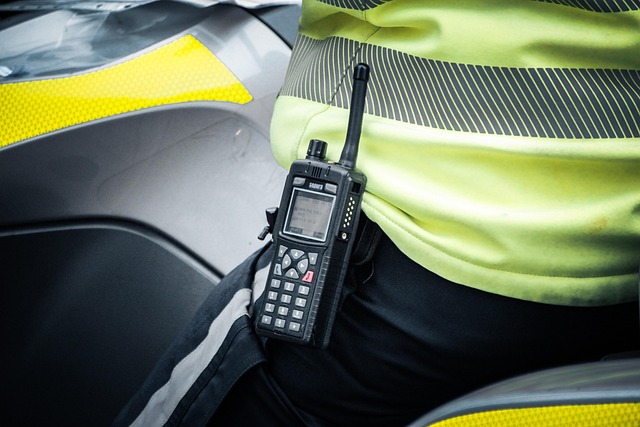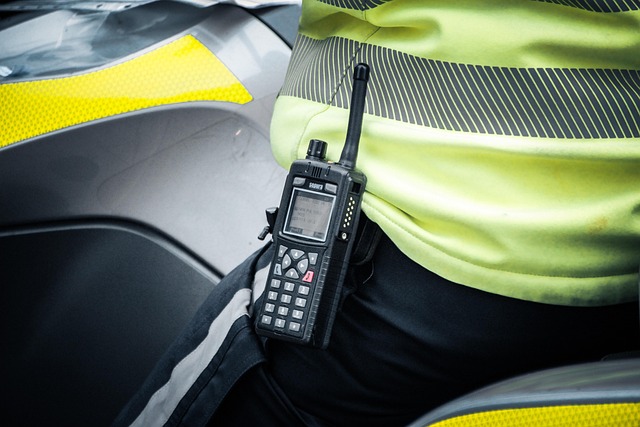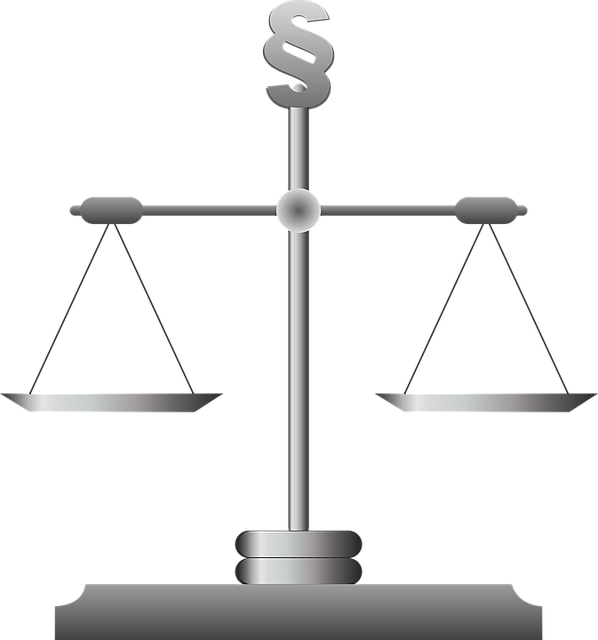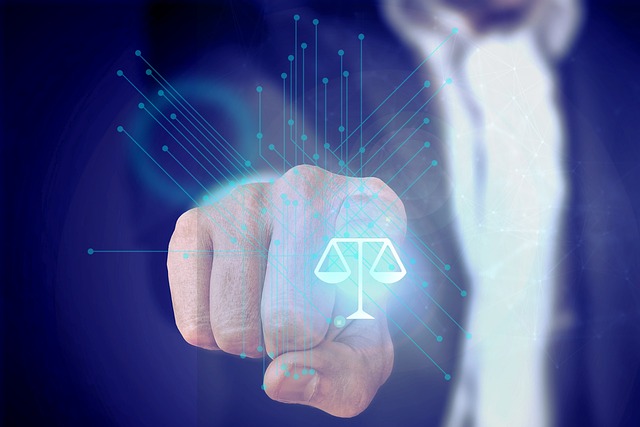Whistleblower protection laws face significant challenges in court, particularly with the burden of proof. Plaintiffs must demonstrate disclosure of illegal activities without criminal liability, navigating complex evidence and documentation against well-resourced defenses. The "good faith" element is crucial but nuanced, requiring strategic planning to meet legal standards. Jury trials hinge on persuading juries of sincere intentions, while successful lawsuits hold corporations accountable for abuses, deterring future misconduct despite substantial obstacles.
Whistleblower Protection Lawsuits play a crucial role in upholding ethical conduct within organizations. This article delves into the intricate legal landscape surrounding these cases, focusing on understanding whistleblower protection laws and the burdens of proof in court. We explore challenges such as differentiating subjective from objective evidence, and provide insights into successful strategies for meeting the burden. By examining real-world case studies, we highlight the profound impact these lawsuits can have on exposing wrongdoing and fostering accountability.
- Understanding Whistleblower Protection Laws
- Defining the Burden of Proof in Court
- Challenges: Subjective vs Objective Evidence
- Legal Strategies for Meeting the Burden
- Impact and Case Studies of Successful Suits
Understanding Whistleblower Protection Laws

Whistleblower Protection Laws are designed to safeguard individuals who expose illegal or unethical activities within their respective businesses or organizations. These laws aim to prevent retaliation and encourage a culture of accountability, enabling employees to report wrongdoing without fear of adverse consequences. Understanding these protections is crucial for both whistleblowers and the philanthropic and political communities that support them.
One significant challenge in navigating Whistleblower Protection Lawsuits lies in meeting the burden of proof in court. For his clients, this often involves presenting compelling evidence that links the disclosure of information to subsequent adverse actions taken by the employer. Demonstrating a causal connection between the whistleblowing act and the retaliation can be complex, requiring thorough documentation and expert testimony. This process demands careful handling to ensure the rights of whistleblowers are protected while maintaining a fair judicial outcome for respective business interests.
Defining the Burden of Proof in Court

In whistleblower protection lawsuits, defining the burden of proof in court presents unique challenges. While plaintiffs must demonstrate that they revealed information about illegal or unethical activities within an organization, the onus is also on them to prove that their actions did not warrant indictment. Balancing these two aspects requires a strategic approach, as simply revealing information does not automatically exempt individuals from potential criminal liability. This becomes especially complex when considering the impact on both corporate and individual clients who may have varying interests in the outcome of such cases.
The challenges in meeting the burden of proof in court are multifaceted. Whistleblowers must navigate a legal landscape where general criminal defense strategies may not fully address their specific circumstances. Avoiding indictment while providing compelling evidence requires a nuanced understanding of both the law and the facts at hand. This delicate balance demands meticulous planning, thorough documentation, and strategic advocacy to ensure that whistleblowers’ rights are protected without compromising the integrity of the legal process.
Challenges: Subjective vs Objective Evidence

Whistleblower protection lawsuits present unique challenges when it comes to meeting the burden of proof in court. One significant hurdle is distinguishing between subjective and objective evidence. Whistleblowers often rely on their personal perceptions and interpretations, which can be difficult to verify and may lack the rigor required by judicial standards. This subjectivity can weaken their case, especially against sophisticated general criminal defense strategies that aim to cast doubt on their motivations and methods.
The challenges in meeting the burden of proof are further exacerbated by the fact that whistleblowers are often dealing with sensitive information that might not be easily accessible or tangible. They must navigate complex legal landscapes, ensuring they can present a compelling case for complete dismissal of all charges, without relying solely on their personal experiences. This requires meticulous documentation and a solid understanding of both the law and the specific circumstances surrounding the alleged whistleblowing incident.
Legal Strategies for Meeting the Burden
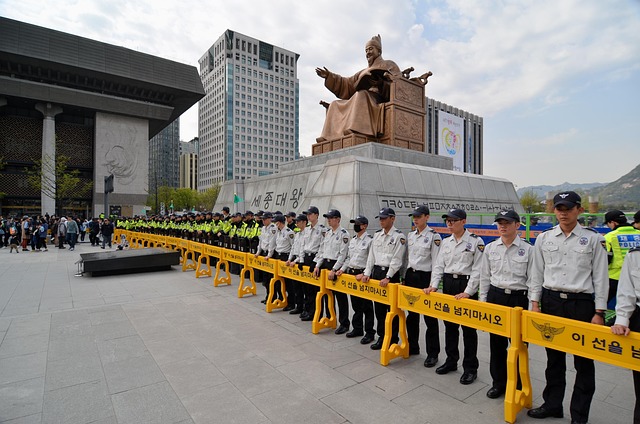
Navigating the legal landscape surrounding whistleblower protection lawsuits presents unique challenges for both corporate and individual clients. One of the primary hurdles is the burden of proof; plaintiffs must convincingly demonstrate that their disclosures were made in good faith, a crucial aspect often difficult to prove in court. This challenge stems from the fact that whistleblowers are typically up against powerful entities, which can make it hard to present irrefutable evidence.
The complexities arise when considering the nuances of what constitutes “good faith.” Legal strategists must carefully weave together facts, motivations, and evidence to meet this standard. Across the country, jury trials have become pivotal in these cases, where the onus is on plaintiffs to persuade the jury of their sincere intentions. This process demands a meticulous approach, particularly when dealing with sensitive corporate information, to ensure the whistleblower’s actions are viewed as credible and protected under the law.
Impact and Case Studies of Successful Suits

Whistleblower Protection Lawsuits have had a profound impact on corporate governance and accountability. Successful cases like Kiobel v. Royal Dutch Shell (2014) demonstrated that multinational corporations can be held liable for human rights abuses in their operations or supply chains. This landmark decision sent ripples through the legal landscape, encouraging more whistleblowers to come forward.
Case studies of successful suits reveal the power of these laws in protecting public interest. For example, a suit against a white-collar defense firm for their role in facilitating fraud led to significant monetary damages and improved regulatory compliance. However, whistleblowers often face significant challenges in meeting the burden of proof in court. These include complex financial transactions, time gaps between alleged misconduct and reporting, and potential retaliation from powerful organizations. Despite these hurdles, successful suits have not only provided justice for whistleblowers but also acted as deterrents, encouraging companies to strengthen their internal controls and ethics policies.
Whistleblower protection lawsuits play a vital role in upholding integrity within organizations, but they come with unique legal challenges. Navigating the complex landscape of evidence requirements, especially in terms of subjective vs objective proof, is crucial for success. Understanding these dynamics and employing strategic legal approaches are key to overcoming the burdens of proof in court. By studying successful cases, practitioners can gain insights into fostering a culture of transparency and accountability while mitigating potential risks associated with whistleblowing.


